Affiliate links on Android Authority may earn us a commission. Learn more.
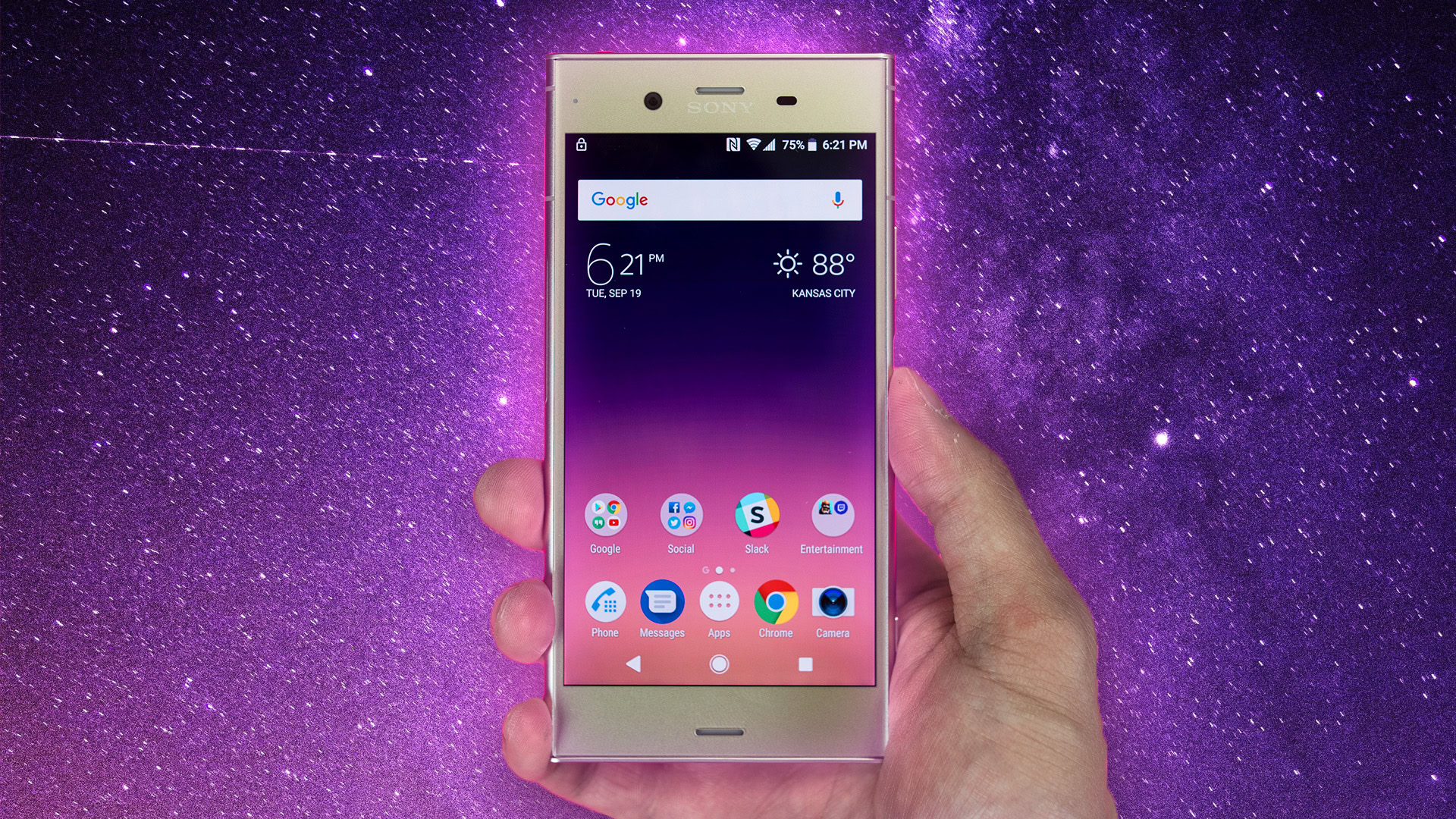
Sony Xperia XZ1
What we like
What we don't like
Our scores
Sony Xperia XZ1
While other companies have adopted Quad HD displays, dual cameras, and close to bezel-less designs, Sony is sticking to its guns and continues to create smartphones the way it sees fit. Can Sony’s latest, the Xperia XZ1, compete with other flagships while sticking to its tried and tested smartphone formula? Let’s find out in the Sony XZ1 review.
Design
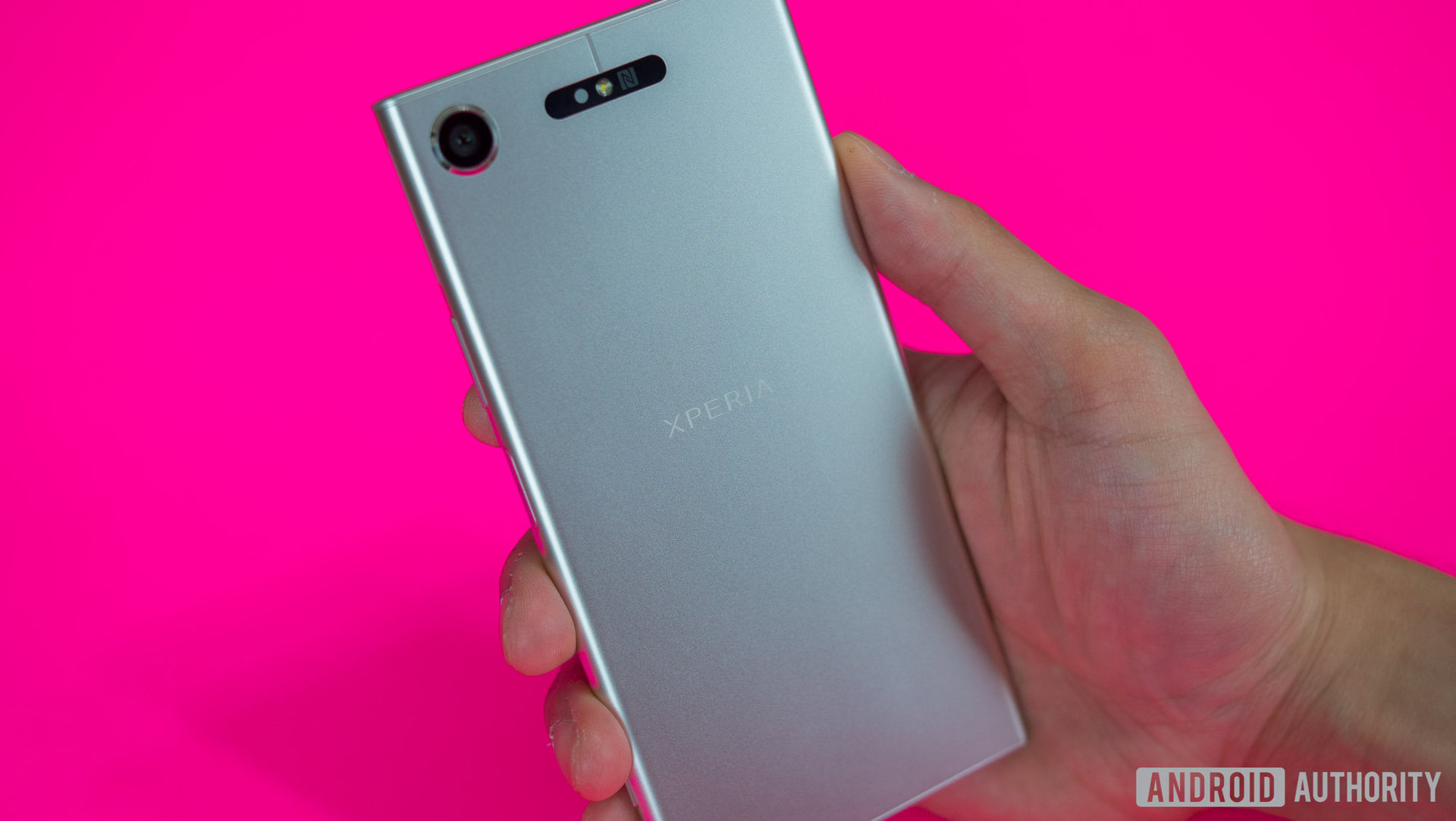
The Xperia XZ1 looks and feels very familiar. It features the same overall boxy, rectangular design Sony has used for years. The XZ1’s design is a slight update, featuring the infinite loop design Sony implemented last year which rounds out the sides for a slightly more rounded look. This loop design now extends to the top and bottom portions of the phone. As a result, the phone can no longer stand vertically on a flat surface on its own.
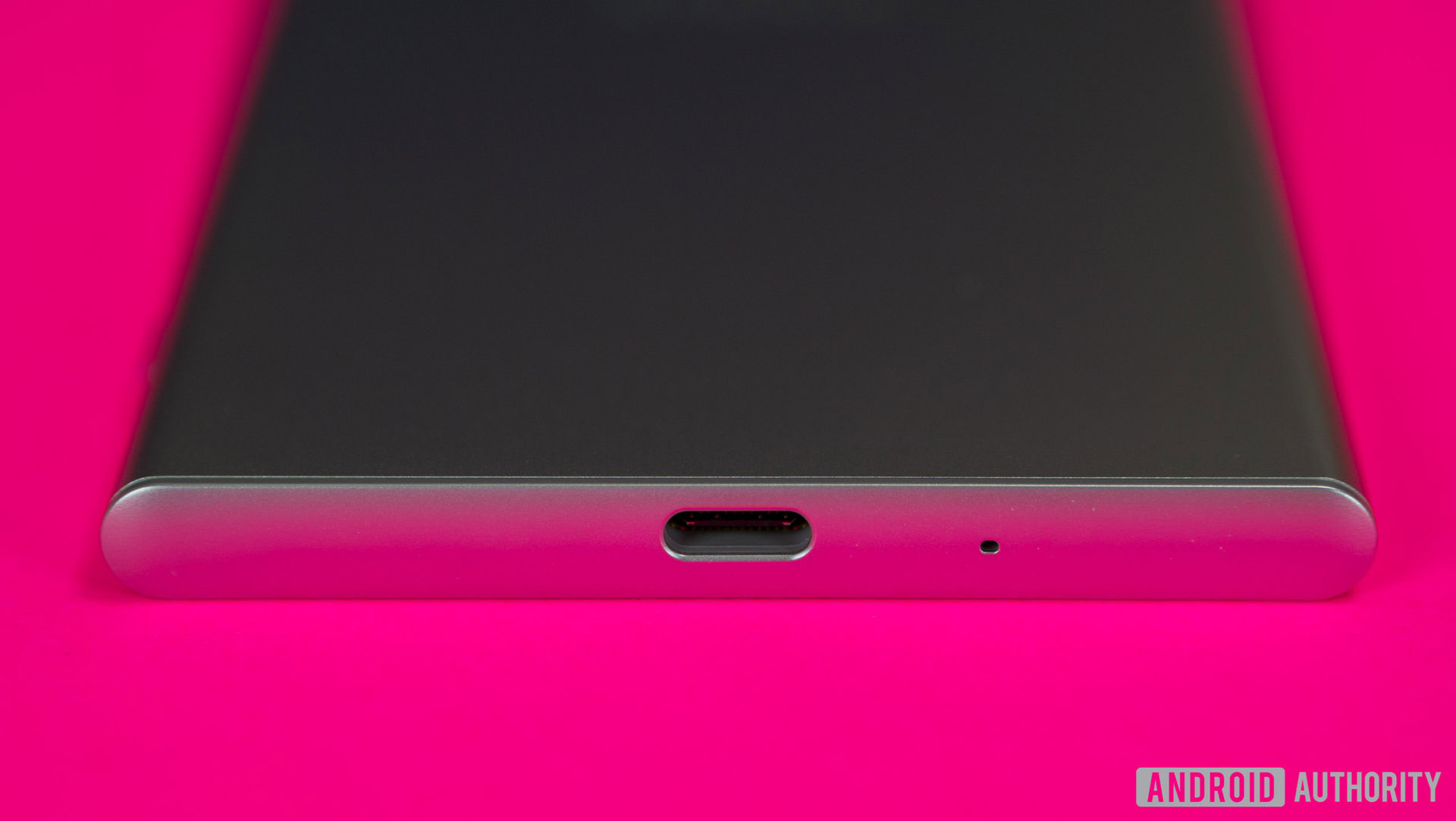
Sony is definitely trying to update the phone’s look, but the design is starting to get stale. That problem is further exacerbated by the exciting phone designs that we’re currently seeing from the likes of LG, Samsung, Xiaomi, and Apple. Next to the competition, the XZ1 just doesn’t look like a 2017 flagship.
Sony is definitely trying to update the phone’s look, but the design is starting to get stale.
The bezels on the XZ1 are quite thick all around, but especially so along the top and bottom. Sony makes good use of these by including front facing stereo speakers, but the Pixel 2 has proven you don’t need huge bezels for front-facing speakers. All utility aside, they just don’t look very good either.
The build quality on the XZ1 is undoubtedly top-notch, though. The all-metal design feels sturdy, durable, and it doesn’t attract fingerprints, though it isn’t the most comfortable phone to hold.
Display
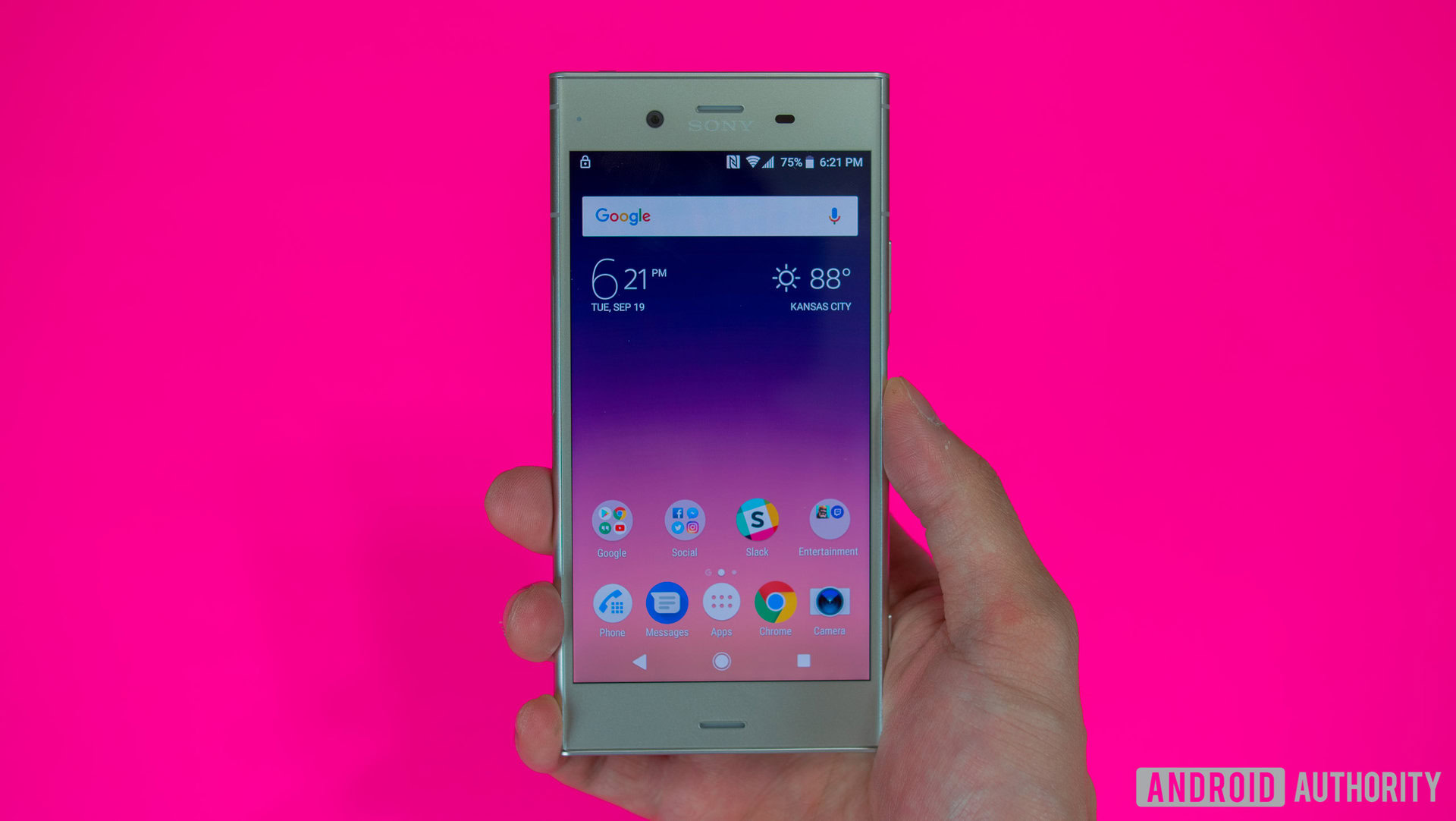
The XZ1’s display is considerably smaller than most 2017 flagships, thought that could be a positive for some. It’s got a 5.2-inch IPS LCD display with a resolution of 1,920 x 1,080 and Sony’s TRILUMINOS technology. It’s not the biggest or highest resolution screen on the market, but Sony’s smartphone panels have never disappointed and the XZ1 is no exception. The black levels may not compare to an AMOLED panel but the overall quality of the display is quite good.
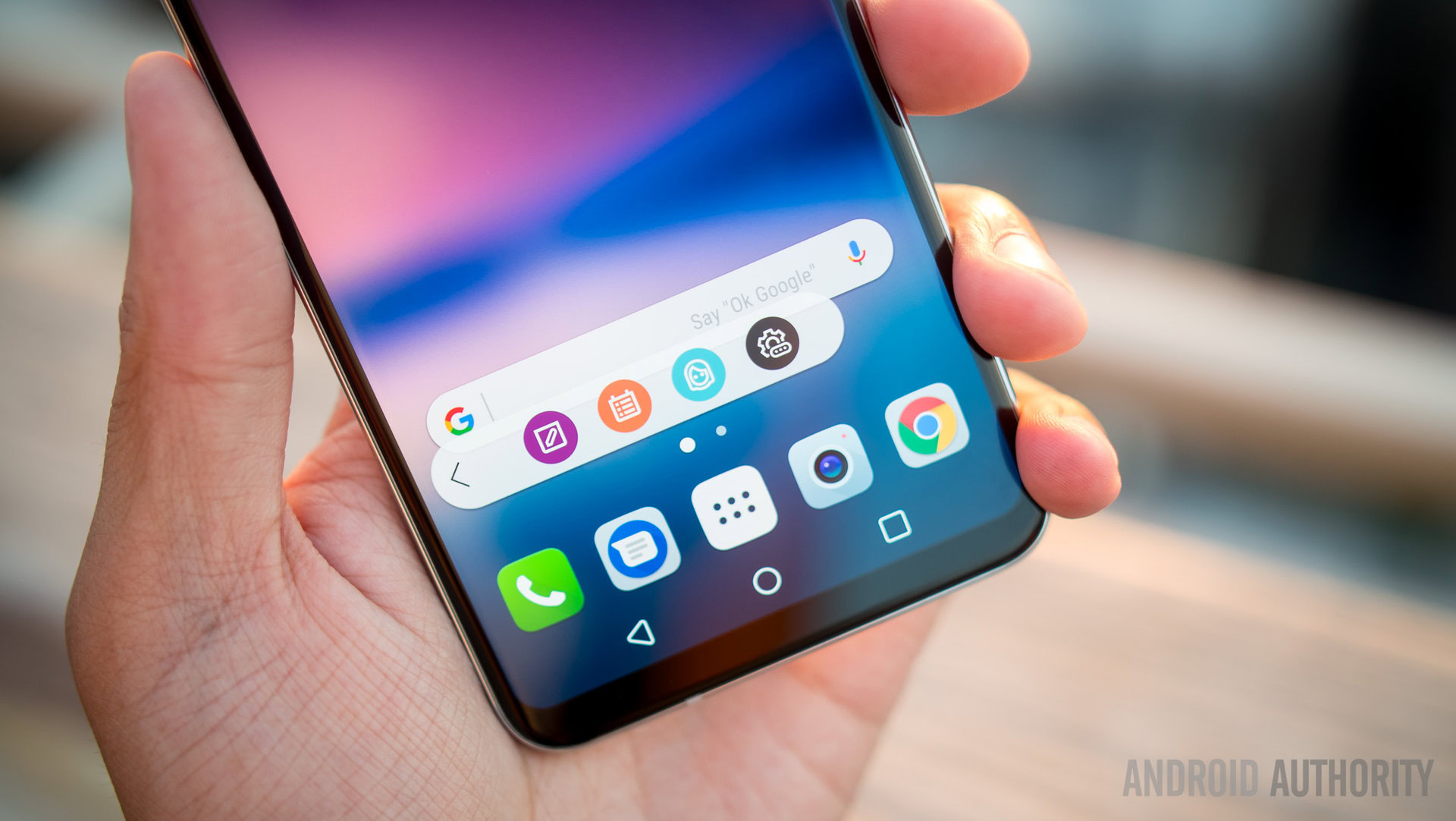
Color reproduction is pleasant and vibrant. Outdoor visibility even under harsh sunlight was surprisingly very good. Sony’s software also allows for tweaking of the screen’s white balance and there are three different color modes with professional, standard, and super-vivid that will alter the screen’s color gamut and contrast.
Professional mode uses the standard sRGB color gamut and will provide the most realistic colors possible, but it may not be the most eye-catching color mode for everyday use as the colors do appear very flat. Standard mode is the default setting for the display and this ups the vibrancy for a more vivid look and uses Sony’s TRILUMINOS color gamut instead. Super-vivid mode will give the display even more vibrancy but this was my least favorite of the three as the colors feel overly saturated and the heavy amount of contrast made content either look unnatural or overly dark.
The display is also HDR10 certified. This means you’ll be able to enjoy content with better color, clarity, and contrast by services such as Netflix. In fact, the XZ1 was recently added to Netflix’s short list of supported HDR devices.
Performance
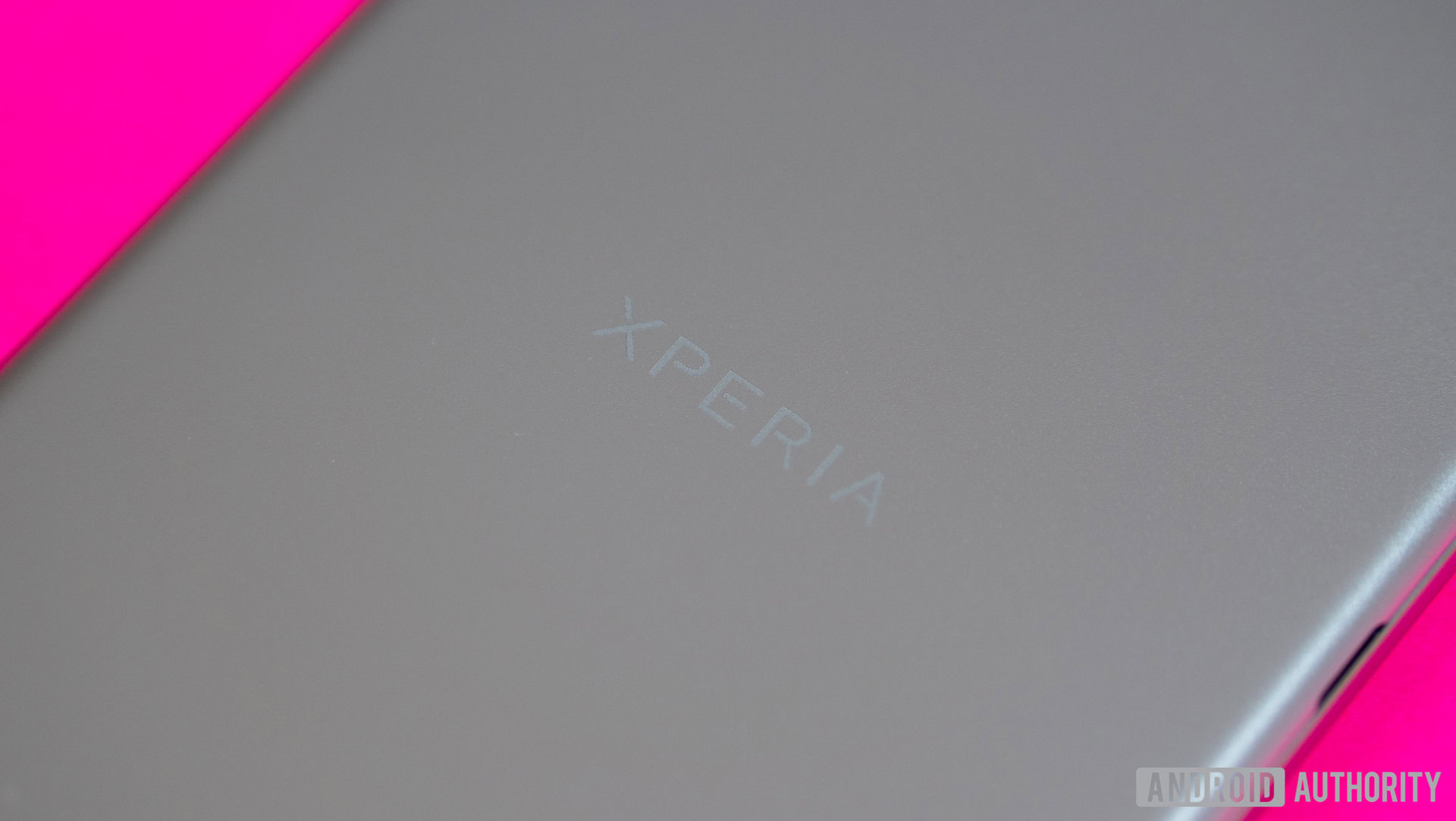
Inside, the specs thankfully don’t deviate from most other flagships that we’re seeing in 2017. The XZ1 is being powered by Qualcomm’s Snapdragon 835 processor and the usual 4 GB of RAM. The phone’s got top tier specifications and it shows, performing very well in all aspects. Apps are fast to launch. Swiping and scrolling is smooth and pleasant. Touch responsiveness is great.
The XZ1's top tier specs perform very well in all aspects.
Heavier tasks such as multitasking and playing graphically demanding games such as Need For Speed: No Limits or Marvel’s Contest of Champions were no problem for the XZ1. They ran very smoothly without any choppiness or dropped frames.
We’ll get more into the software later in the review but Sony always does a great job by keeping the experience lightweight which helps a lot with the phone’s overall smooth performance.
Hardware
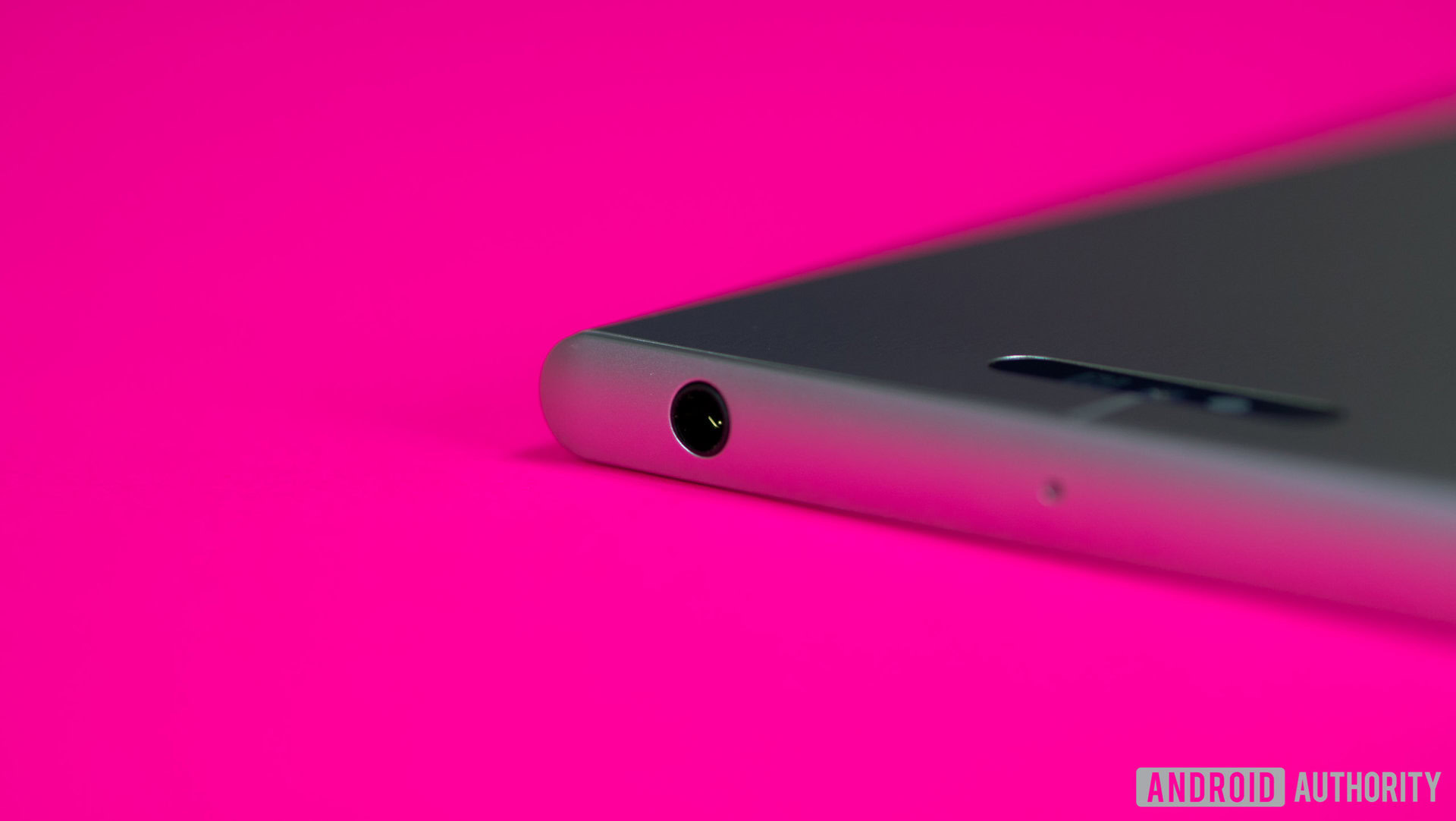
In terms of hardware the XZ1 has a lot to offer. For starters the phone comes with 64 GB of internal storage and supports microSD expansion up to an additional 256 GB. Like many Sony phones in years past, the XZ1 is IP68 certified which means the phone can survive submersion in water, the occasional spill, or usage in the rain.
Audiophiles will certainly love what the Xperia XZ1 can do.
Audiophiles will certainly love what the XZ1 can do. The phone has a headphone jack, so you won’t need any adapters for your favorite pair of wired headphones. The XZ1’s dual front-facing stereo speakers are a feature that has somewhat faded away in the current smartphone landscape, but they’re great to see here.
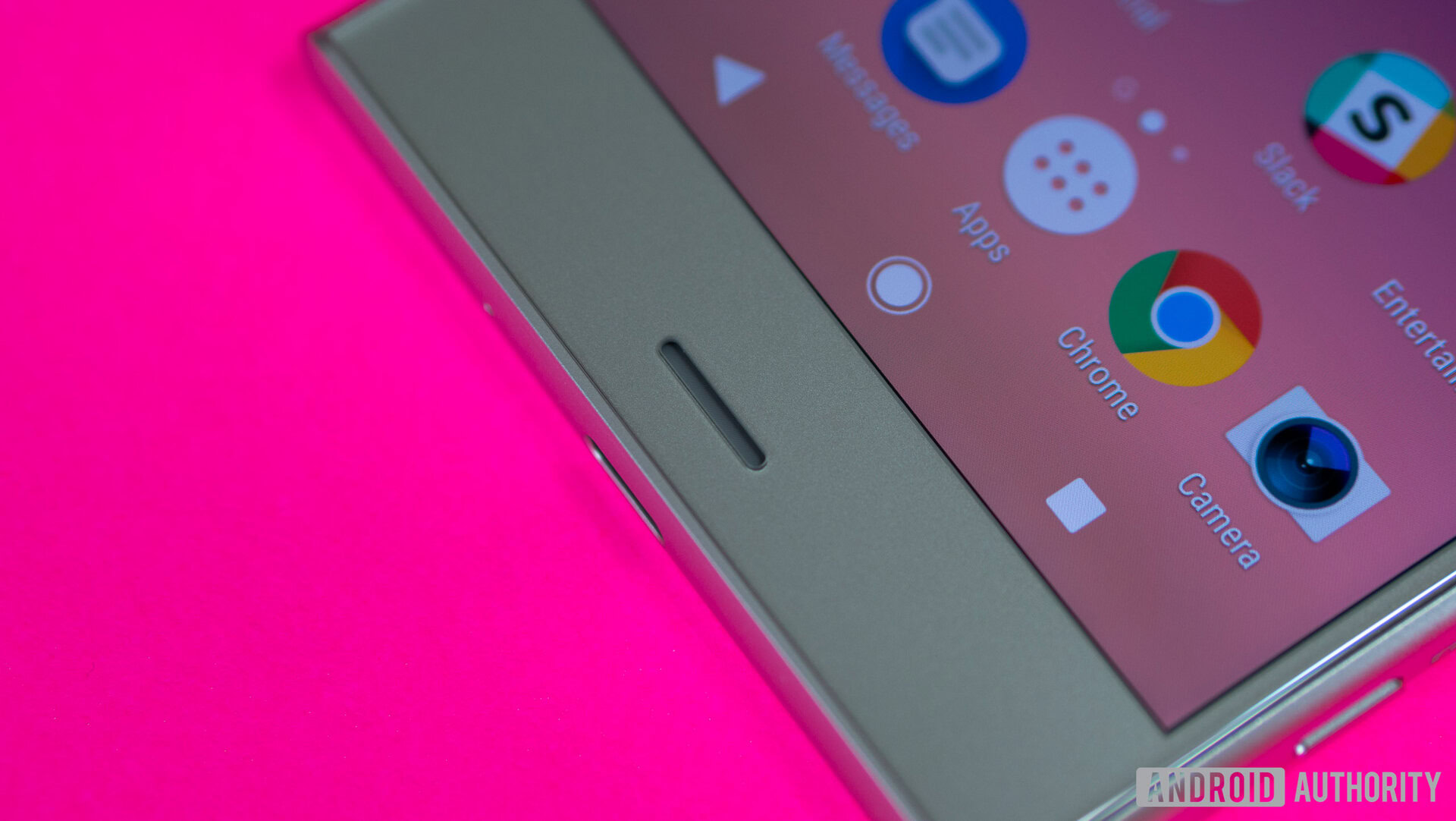
This time around Sony has implemented a “SmartAmp” that supposedly provides 50 percent more sound pressure and less speaker degradation over time. The speakers sound extremely good with excellent clarity and no signs of distortion even at max volume, but they only sound marginally louder over previous Sony flagships. Even the aging Nexus 6P sounds considerably louder.
Thankfully, Sony makes up for this by offering a more impressive headphone experience. If you’re coming from previous Sony phones you’ll already be accustomed to many of the audio features that come on the XZ1, which supports a variety of Hi-Res audio codecs such as LPCM, FLAC, ALAC, and DSD.
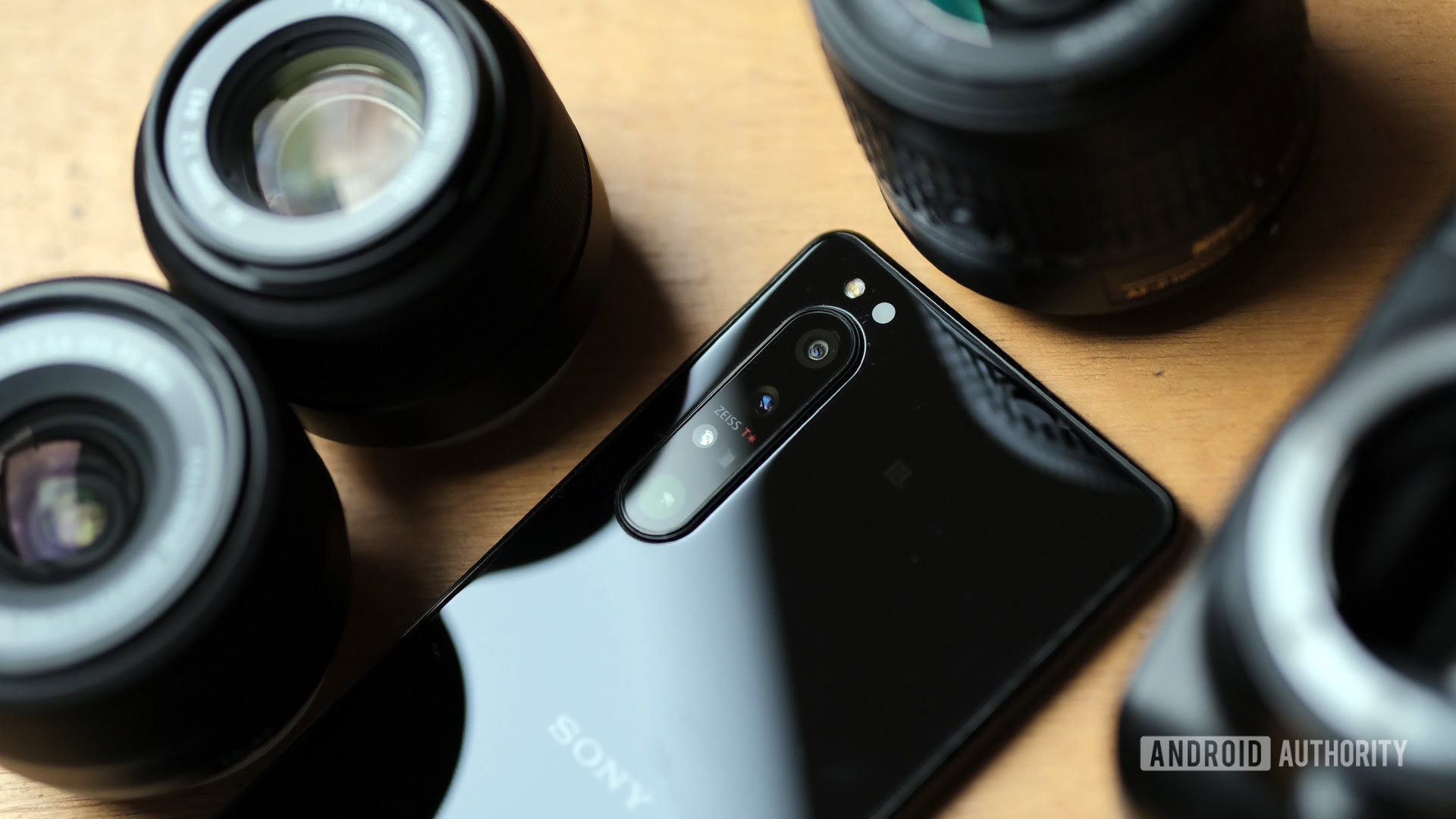
These options mean you won’t be stuck with the more lossy audio formats used by Spotify, Google Play Music, and Apple Music. However, even if you prefer to stream your music, which many of us do, the XZ1 supports Sony’s DSEE HX technology, which will upscale your lossy audio formats and give you something a little closer to Hi-Res sound. The LDAC codec Sony gifted to Google for Android Oreo is also supported.
Other features that can be found onboard the XZ1 are support for AptX HD audio and Bluetooth 5. One feature you will still not find in the XZ1 (at least if you’re in the U.S.) is a fingerprint sensor, which is pretty disappointing.
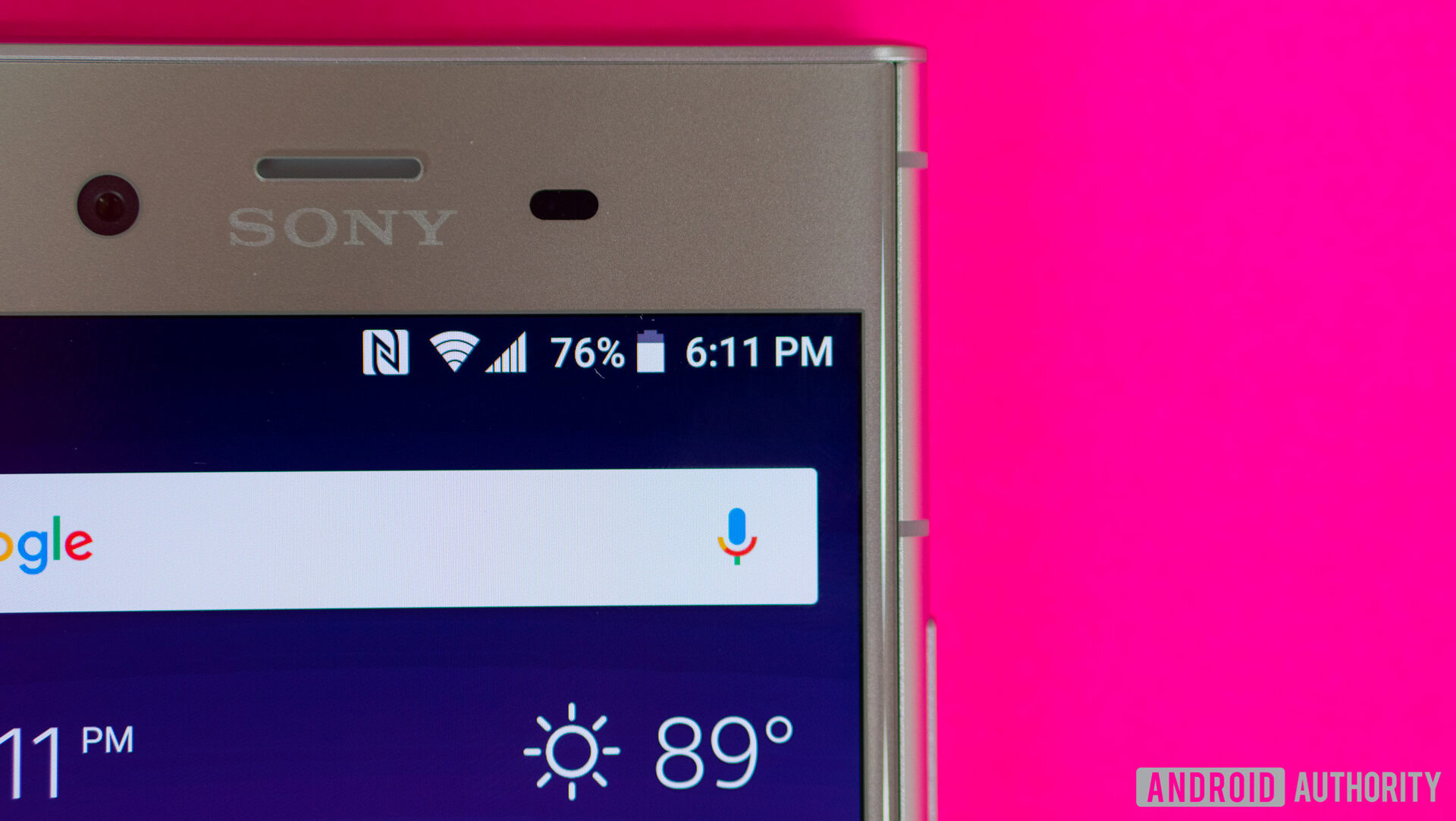
Battery
On paper the XZ1’s battery seems equally disappointing. It’s got a 2,700 mAh battery, relatively small compared to other competing flagships with 3,000+ mAh cells. Nevertheless, it still holds up rather well for typical usage. I managed to get 4+ hours of screen-on time when usage is kept to more average tasks such as checking emails, social media, texting, and light web browsing or YouTube.
Heavy gaming or using the 3D Creator app can dramatically reduce the phone's battery life.
Heavy amounts of gaming or using Sony’s new 3D Creator application can dramatically reduce the phone’s battery life. Using the 3D Creator for extended periods can really heat the phone up, too. Charging the XZ1 at least once in the middle of the day could be necessary for some power users. The XZ1 features fast charging with Qualcomm’s Quick Charge 3.0, so it’s not too much of a hinderance at least.
Camera
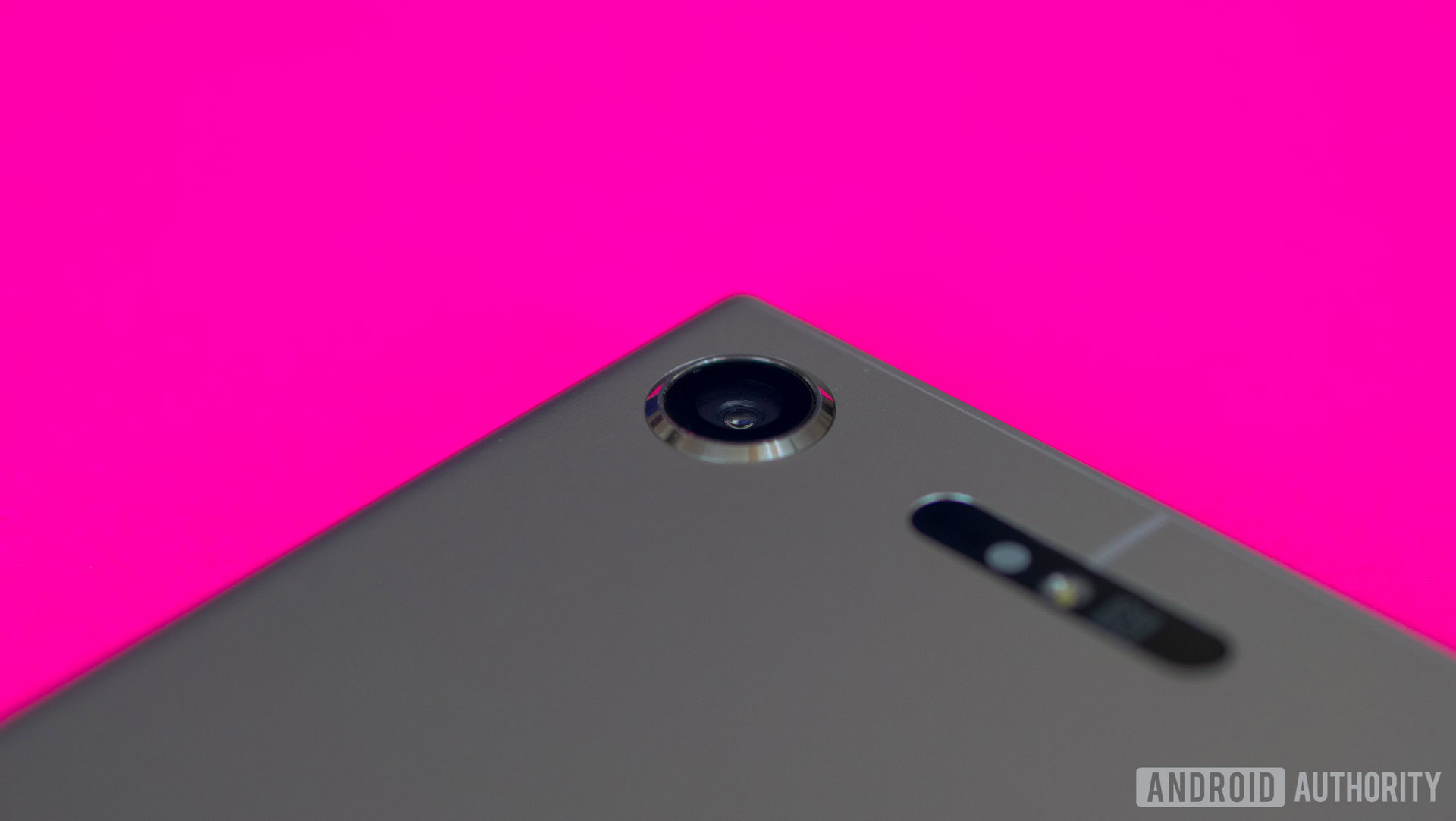
The Xperia XZ1 seems to have skipped this year’s dual camera craze. It doesn’t offer dual camera bokeh modes or any fancy video recording tricks, but it is doing a couple of very interesting things that we haven’t seen before in other smartphones. The camera itself is a 19 MP Exmor RS sensor with 5-axis image stabilization, 4K video recording, and slow motion video at 960 frames per second that was first introduced earlier this year with the Xperia XZs.
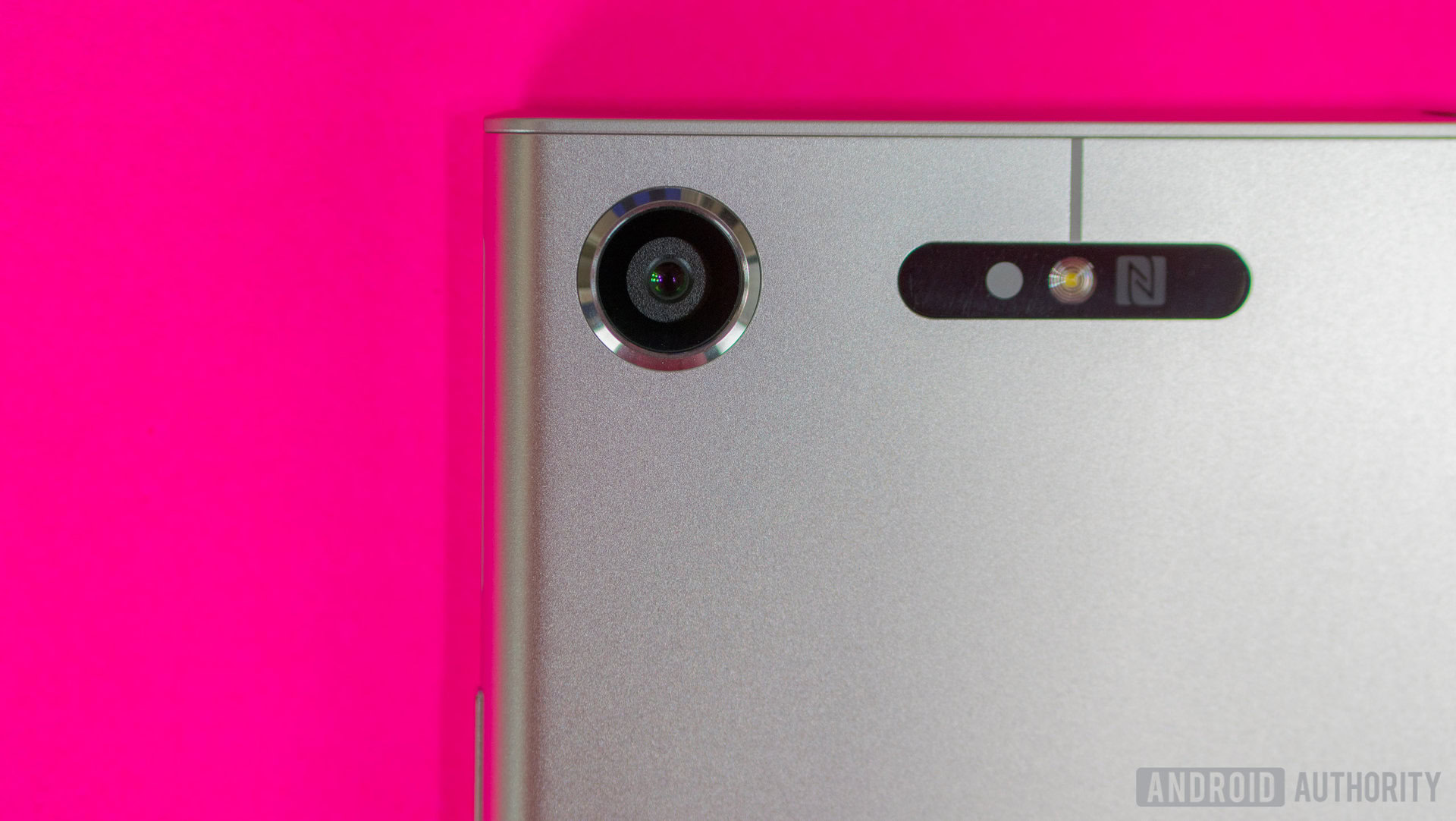
Sony is dubbing this camera “Motion Eye” because it has predictive capture capabilities that help with capturing unexpected motion. This all happens automatically when the camera senses motion during the picture taking process, such as a car moving or a person running. If the camera detects this it will take three photos before the actual photo is taken, giving you four photos in total (the fourth one being the one you took). You can then review them all and pick which one looks best (or just keep them all). It can also capture unexpected emotions such as a baby randomly smiling but this wasn’t something I was able to test.
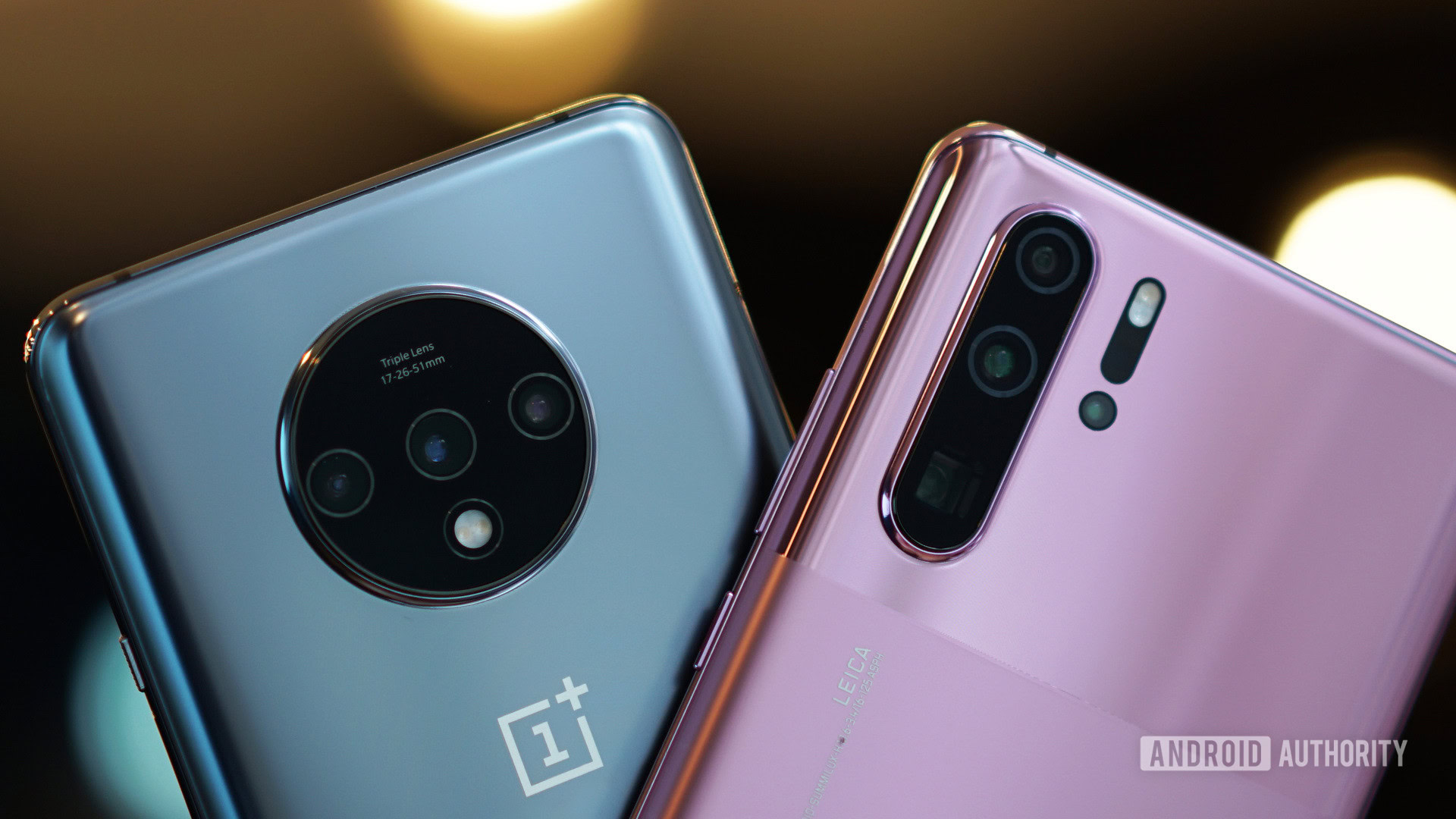
As gimmicky as this could be, the predictive motion capture capabilities work quite well. I was very impressed with the results and when you pair it with the camera’s predictive hybrid autofocus capabilities you can capture moving subjects rather easily with little to no motion blur.
The biggest standout feature to the XZ1’s camera is the new 3D Creator app that let’s you create 3D scans of people’s faces, food, and other random objects. Not everyone will find this feature useful but having 3D-scanning capabilities on a mobile phone is undeniably impressive. Sony is working hard to give this technology a variety of use cases beyond creating your own 3D GIFs and stickers.
The new 3D Creator app let's you create 3D scans of people's faces, food, and other random objects.
Creating a 3D scan is rather simple. You first select whether you want to scan a face, a head, food, or perform a free form scan if the object doesn’t fall into any of those categories. The scanning process is dead simple, but you’ll want to stick to well lit areas for best results. Low light scans often came out looking deformed in my testing.
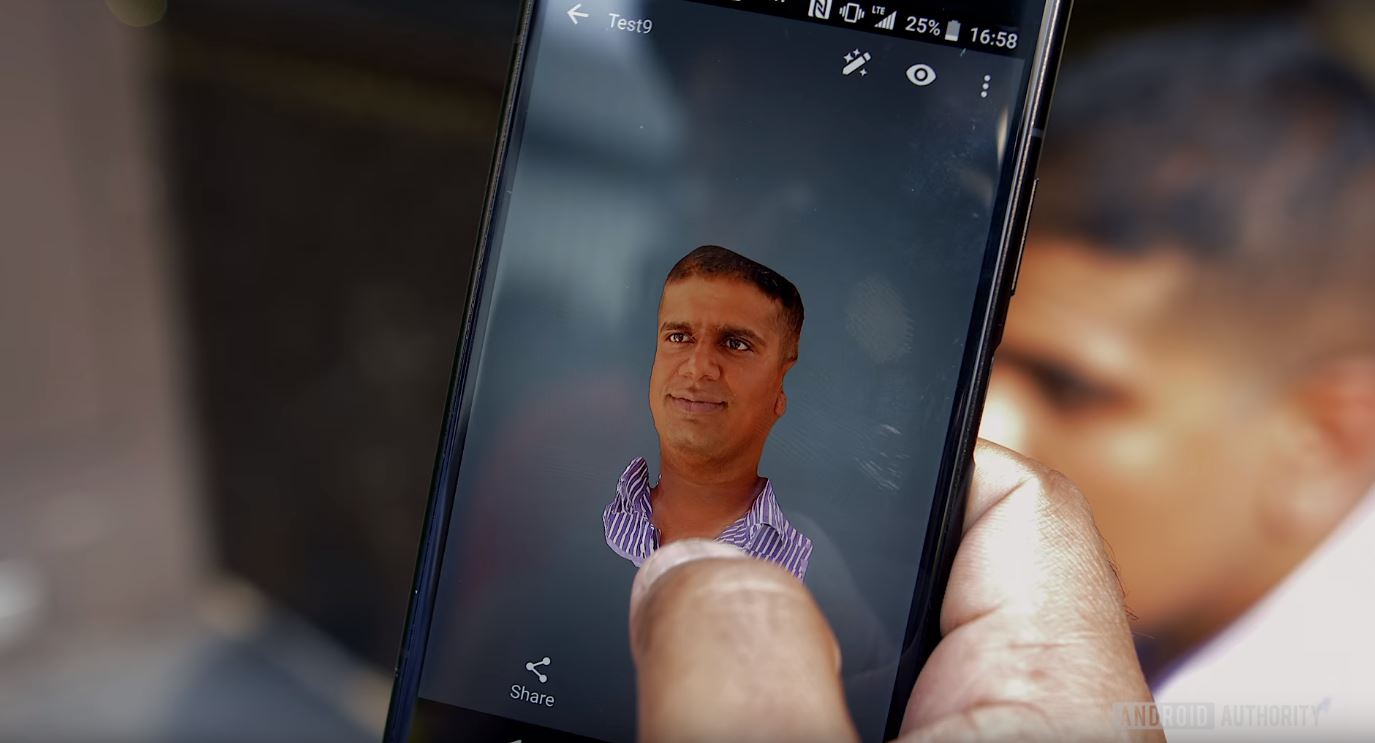
Once you’ve completed your scan(s) you can back them up so you never lose them, or you can use the scans as a live wallpaper and print them off if you have a 3D printer. If you don’t have a 3D printer you can order a print of your 3D scan through Shapeways and Sculpteo, with whom Sony has partnered. These 3D scans can also be shared on social media and eventually you’ll be able to use 3D scans of yourself as a gaming avatar or insert yourself into a game when those partnerships become available.
Eventually you'll be able to use 3D scans of yourself as a gaming avatar or insert yourself into a game.
While these new camera tricks are great, ultimately what we care about most is how well the camera takes photos. In well-lit scenarios color reproduction is pleasant without being overly vibrant. There is plenty of sharpness to be had but the camera struggles with dynamic range. Shadows are crushed in virtually every situation causing a lot of detail to be lost and it only gets worse in low light.
Without optical image stabilization, photos don’t always come out with tack sharp focus either. White balance was an issue, as many of my photos came out overly warm or too yellow. The camera also doesn’t do well with highlights as they are typically overexposed with a lot of flaring and streaking effects. Sony’s image processing appears to overly process images in low light which only accentuates the noise and creates artifacts.
If you’re into taking selfies you’ll be much happier with the results as the front facing camera is a 13 MP shooter with f/2.0 aperture. This allows for some high resolution selfies and it’s a wide angle lens so fitting more of the background or other people into the frame isn’t an issue.
Software
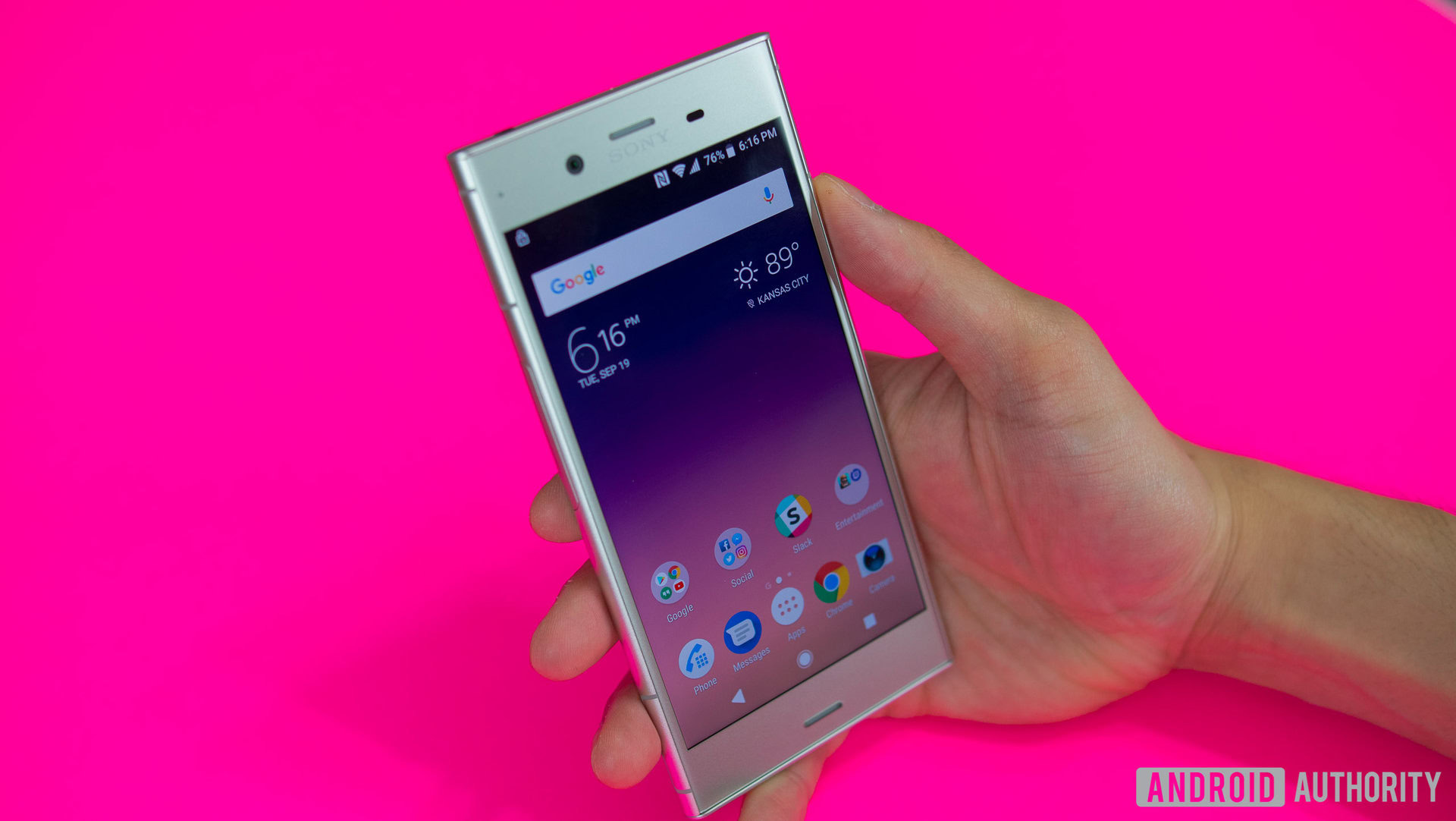
Sony’s biggest advantage right now with the XZ1 is with its software. It’s the first Android phone to ship with Android 8.0 Oreo out of the box. This of course means you get all of the improvements of the Oreo update such as new visual tweaks, notification dots, a revamped settings menu, native picture-in-picture, adaptive icons, new auto-fill APIs, and much more.
The XZ1 is the first phone to ship with Android 8.0 Oreo out of the box.
While Sony’s skin on top of Android is very light and doesn’t change much of the aesthetic, it feels very outdated. The skin hasn’t changed in a few versions and, like the XZ1’s external design, it could use a refresh to feel a bit more current.
Otherwise, the software doesn’t offer too much outside of the usual Sony Playstation integration. It’s a relatively bloatware-free experience. If you want Android Oreo on a flagship phone right now, this is currently the only option until the new Pixel phones hit shelves.
Pricing & Final Thoughts
The Xperia XZ1 isn’t available on any U.S. carrier, meaning you’ll have to shell out $700 for it unlocked. It’s also only compatible with GSM networks like T-Mobile and AT&T in the United States. It’s available now through online retailers such as Amazon, BestBuy, and Sony’s own online store. While $700 is a lot of money for an unlocked phone, it’s still easier to stomach than many of the phones approaching the $1,000 mark.
It’s not the cheapest flagship phone, but it’s certainly not the most expensive, either. It offers some nice features like the 3D Creator that differentiate it from other smartphones, but we can’t shake the feeling that this is just more of the same from Sony. While most manufacturers are now going with more forward looking designs, incorporating elements like bezel-less screens and dual cameras, Sony has stuck with the same smartphone formula they’ve used for awhile. It’s getting old.
The addition of Android Oreo out of the box is great but it’s a short term selling point. Sony hasn’t done enough to make the Xperia XZ1 stand out from the pack and only the most diehard of Sony fans will find the XZ1 appealing. For the rest of us, there’s simply better options that offer better value at an equal or lesser cost.